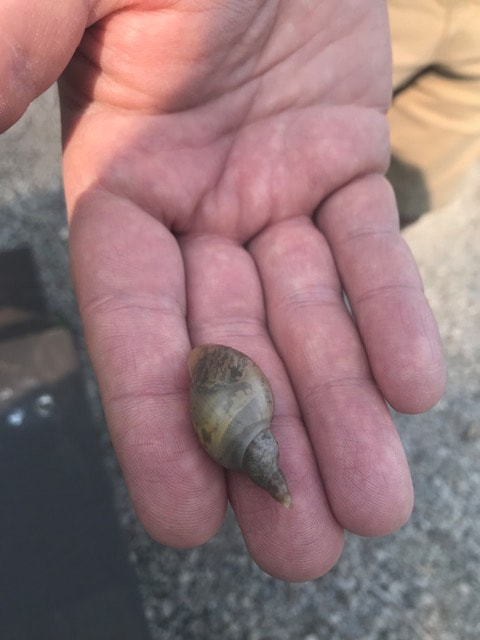

Swimmers itch dogs skin#
tingling, burning, or itching of the skin.What are the signs and symptoms of swimmer’s itch? Because these larvae cannot develop inside a human, they soon die. Although humans are not suitable hosts, the microscopic larvae burrow into the swimmer’s skin, and may cause an allergic reaction and rash. This larval form then swims about searching for a suitable host (bird, muskrat) to continue the lifecycle. Infected snails release a different type of microscopic larvae (or cercariae, hence the name cercarial dermatitis) into the water. If the larvae find one of these snails, they infect the snail, multiply and undergo further development. These larvae swim in the water in search of a certain species of aquatic snail. If the eggs land in or are washed into the water, the eggs hatch, releasing small, free-swimming microscopic larvae. The parasites produce eggs that are passed in the feces of infected birds or mammals. The adult parasite lives in the blood of infected animals such as ducks, geese, gulls, swans, and certain mammals such as muskrats and raccoons. How does water become infested with the parasite? Swimmer’s itch is found throughout the world and is more frequent during summer months. While the parasite’s preferred host is the specific bird or mammal, if the parasite comes into contact with a swimmer, it burrows into the skin causing an allergic reaction and rash. These parasites are released from infected snails into fresh and salt water (such as lakes, ponds, and oceans). However, repeated exposures can result in severe reactions.Swimmer’s itch, also called cercarial dermatitis, appears as a skin rash caused by an allergic reaction to certain microscopic parasites that infect some birds and mammals.

Swimmer’s itch usually resolves within 1–3 weeks without treatment. Short course of oral corticosteroid for a severe reaction.Immediate towelling after exiting the water to reduce skin penetration of the parasites.To reduce the risk of cercariae on the skin: Use of chemical molluscicides such as copper sulphate or copper carbonate in small lakes to kill potentially infested snails.Reduce vegetation in high-risk areas to make the environment less favourable for the water snails.Feed birds with a drug to treat the parasite.To reduce parasite numbers in the environment: What is the treatment for swimmer’s itch? Preventative measures What is the differential diagnosis for swimmer’s itch? Cercariae may accidentally attach to human skin, penetrate the skin, die, and cause a local allergic reaction. Cercariae may penetrate the skin or are ingested by the aquatic bird/animal, develop into an adult worm, and the cycle starts again. The miracidium enters the snail, elongates into a sporocyst, then matures into a cercaria which burrows out of the snail into the water. An egg hatches in the water to become a free-swimming miracidium in search of a specific snail species. The adult worm lives in a bird/animal, and the eggs are excreted via the intestines in the faeces. Schistosomes are parasitic flatworms with a lifecycle that involves aquatic birds (eg, ducks, geese, gulls, swans) or mammals (eg, beavers, muskrats), specific species of aquatic snails, and warm fresh or salt water. Swimmer’s itch is a disease of aquatic birds and humans are accidentally affected. However, it is only after repeated exposure to cercariae that the allergy develops and a rash eventuates. Young children are particularly susceptible as they tend to remain in shallow warm water where the snails are found in the highest numbers. Swimmer’s itch can affect anyone swimming in waters with infested snails.


 0 kommentar(er)
0 kommentar(er)
